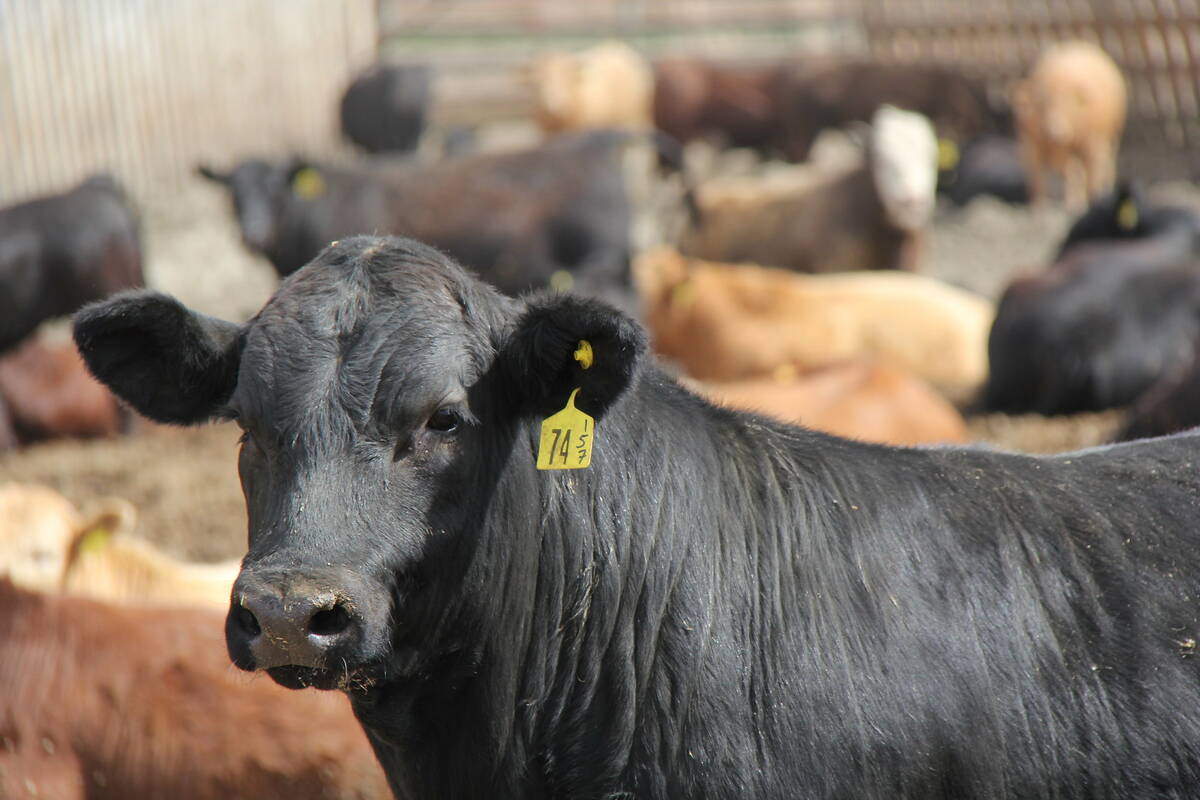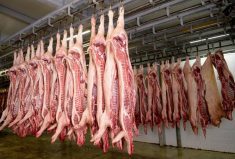Many cattle feedlots across the Prairies have reduced the number of cattle on their yards now that the summer has arrived, and with fewer animals being fed, the price of feed wheat has declined.
Gerald Snip, a grain trader with Marketplace Commodities at Lethbridge, Alta., said he wasn’t surprised to see fewer animals at the feedlots, and ultimately, lower feed wheat prices.
“Feedlots don’t have the manpower to have people feeding the livestock and putting up silage, so demand is a bit lower,” he said. “It’s really no surprise that there are fewer animals. This is fairly common to see in the summer.”
Read Also

U.S. livestock: CME cattle futures higher on year-end positioning
Chicago | Reuters – Chicago Mercantile Exchange cattle and hog futures climbed on Tuesday on position squaring between the Christmas…
Both wheat and corn futures on the Chicago Board of Trade (CBOT) saw sharp declines last week following the U.S. Department of Agriculture’s acreage report. When asked if spillover weakness can be found from those futures markets, Snip said corn had more of an impact on the feed wheat market.
“You are more likely to see a bit of a tie-in with corn prices, as corn is used for livestock feed more than wheat is on the CBOT,” he said. “The price of wheat (on the CBOT) is based on supply and demand from humans, as opposed from animals.”
Snip said he didn’t expect to see prices change too much for the remainder of the calendar year.
“At the moment, for September delivery (in Lethbridge), we are looking at about $2 per ton less than right now,” he said. “For October, November, and December (deliveries) feed wheat is about the same price as it is right now.”
Current elevator deliveries for feed wheat are bringing as much as $6 per bushel in Manitoba, $5.78 per bushel in Saskatchewan, and $5.77 per bushel in Alberta, according to Prairie Ag Hotwire. Those prices are anywhere from two to 80 cents per bushel lower than one month ago.














